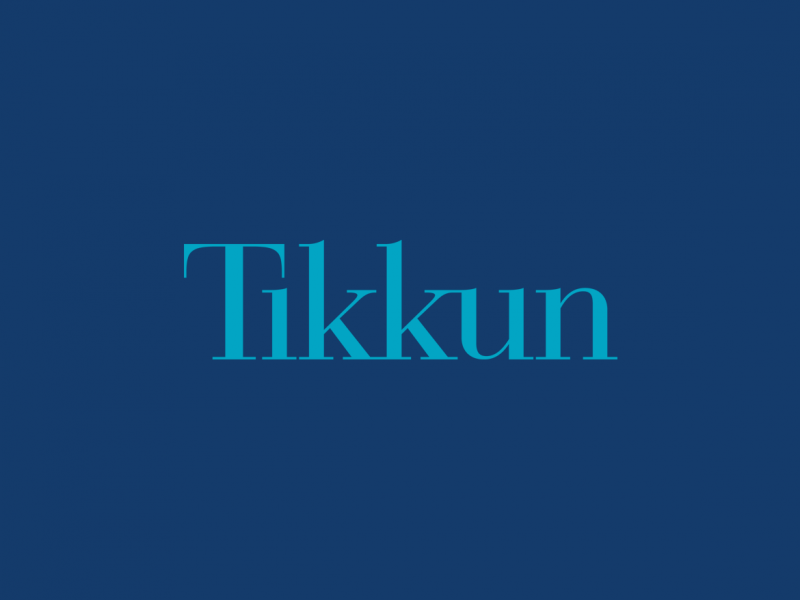Jews have gained acceptance in part through their use of self-mocking humor. Now some Muslims have launched a sitcom to counter the prejudice they face.
2012
Who’s Afraid of Identity Politics?
|
From the women’s movement to the Black Power movement, identity-based organizing has transformed our society. Does identity politics really deserve its bad rap?
2012
Shifting School Culture
|
During the fall of 2005, I (Rita) was employed by the Oakland Unified School District as a case manager working with students and their families who were referred for expulsion. My job was to create a paradigm shift within the school context by introducing restorative justice as an alternative to the traditional discipline system. Together, we began the restorative justice journey at Cole.
2012
Decolonizing Restorative Justice
|
As with any victim-offender situation, restorative justice processes begin when the perpetrators of harm acknowledge what they did and take responsibility for the harms they caused. If the restorative justice movement fails to address the colonial crimes embedded in our history, it will risk losing credibility in this country, as it seems to have already done in Canada. Restorative justice does not have to be hijacked into being an accomplice to colonization, for its roots are not there.
2012
Confronting Sexual Assault: Transformative Justice on the Ground in Philadelphia
|
What would happen if our responses to sexual assault came from a vision of the world we want to live in? Applying a transformative justice approach to the issue of sexual assault means working to support individual survivors while building real options for safety, justice, and healing outside of punitive and disciplinary state systems.
2012
A New Vision for Correctional Officers
|
In this article we share our experience, as longtime developers of restorative practices in a San Francisco County Jail, of the deputized staff who have assisted in bringing about a new vision. We recognize how a profession that is unavoidably brutal can, with the right institutional leadership, encouragement, and training, take steps toward becoming the noble vocation that many correctional officers long for it to be.
2012
Healing From and Unlearning Violence
|
What does it mean to make accountability not a buzzword but a solid foundation for a life path? True accountability requires an offender to commit to entering those deep, dark, scary, shut-down places and attempt to heal. Healing is hard work.
Articles
A Hope for Empathy
|
On 9/11 we had the brief fortifying message from folk around the planet, “We are all Americans now.” Not blessed with a president who knew how wisely to respond to that world outpouring of empathy, we catapulted into a “war” against terror from which we have scarcely recovered.
2012
The Restorative Impulse
|
There is a deep human yearning for connection and community. Restorative practices offer a pathway for shifting social structures to be more responsive to that need.
2012
What’s Love Got To Do With It?
|
While several hhttps://www.tikkun.org/newsite/wp-admin/themes.php?page=custom-headeristorical antecedents converged to give rise to the restorative justice movement, the Civil Rights Movement was a principal contributor, having a defining impact on its thrust and spirit. I believe we have forgotten our recent historical roots. I believe we have not learned from the history of the peace, women’s, and environmental movements’ initial failures to intentionally engage issues of race.
2012
Controversies Around Restorative Justice
|
Most articles in this issue come from progressive and radical activists, scholars, lawyers, and teachers who are writing wholly from within the restorative justice movement. So with one foot planted inside the restorative justice movement as a student and the other in more journalistic territory, I am hoping to offer a different perspective: a beginner’s birds-eye glance at some of the controversial issues both outside and within the movement, and at factors that may be enabling it to gather traction.
2012
Restorative Justice: Some Facts and History
|
The overuse of prison and extended probation casts a long shadow that devastates families and communities throughout the country. Restorative justice is a fast-growing state, national, and international social movement and set of practices that aim to redirect society’s retributive response to crime. It attends to the broken relationships between three players: the offender, the victim, and the community.
2012
From Individual Rights to the Beloved Community: A New Vision of Justice
|
The United States itself was founded on a principle of human freedom that presupposed an inherent antagonism between self and other, a belief that the essential meaning of liberty was that we need to be protected against other people. Yet as we now look out at and live within the envelope of the world we have thus created, we must come to realize by a kind of evolution or enlightenment—by “waking up”—that the liberal framework, the framework of separation, is not only inadequate but harmful.
2012
Walking Toward Conflict
|
At the top of one of Rio de Janeiro’s favela shantytowns—one of several recently occupied by heavily armed military police units—an uneasy gathering begins. This simplest, most ancient of social patterns describes an intention—to recognize the other, to share meaning, to invite truth-telling. Guided by precise questions drawn on the wall for all to see, the participants edge forward in that most counter-intuitive of social discourses: dialogue.
Editorials & Actions
No Joy in Mudville–Iran & Romney; Obama abandons Habeas Corpus; Israel
|
Mitt Romney Embraces The Neocons by MJ Rosenberg
The top three vote-getters in the Iowa caucuses — Mitt Romney, Rick Santorum, and Rep. Ron Paul (R-TX) — responded to success in very different ways. Santorum, best known for his antediluvian views on gay rights and choice, emphasized the economy and job creation. Paul, keeping with the themes he has focused on his entire career, talked about personal freedom, the need to restrict “big government,” and preventing a new war in the Middle East. And Romney, who is at this point the frontrunner for the nomination, started his speech by discussing the purported failure of Barack Obama to confront Iran. With the economy still in the doldrums, Romney sees Iran as the most serious problem facing Americans.

